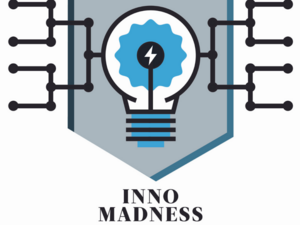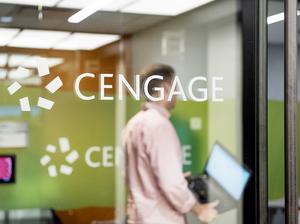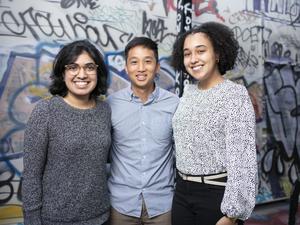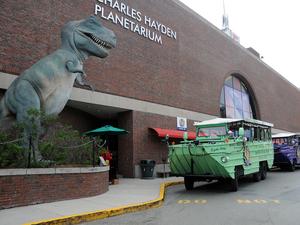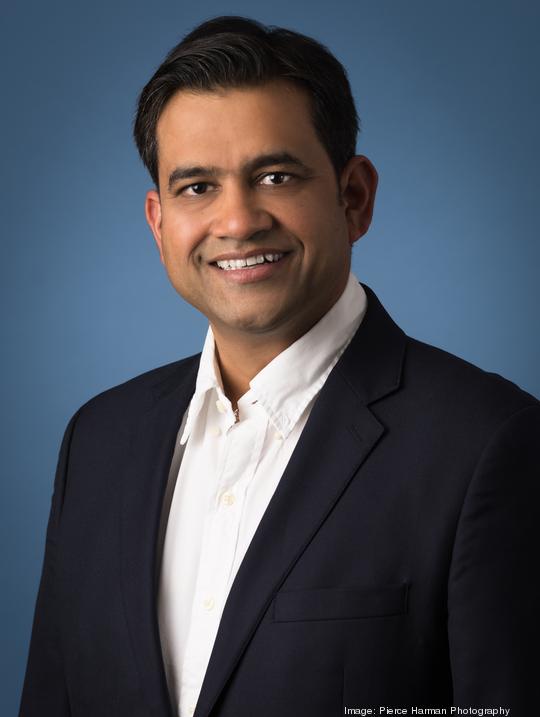
The Covid-19 pandemic has seen food insecurity rise to an all-time high in Eastern Massachusetts. As infections and the unemployment rate has risen, so has the number of adults and children struggling to access healthy food.
To ramp up its services and meet these growing needs, the Greater Boston Food Bank began a digital transformation last year. The Greater Boston Food Bank recently projected a 66% increase in the number of food-insecure people in Eastern Massachusetts, and it chose Unmesh Gandhi, a former technology architect and consultant, to lead its digital efforts to help meet those needs.
The new vice president of digital strategy joined the food bank in early 2021. At the time, the food bank lacked the technology to scale its services and didn’t have the data to pinpoint the communities most in need of help. Too many tasks were being done manually, so even as the organization grew its numbers, employees were not using their time as efficiently as possible. Gandhi said the steps they took as part of this digital transformation enabled the nonprofit to rapidly increase its services. Gandhi spoke with BostInno about that digital transformation.
Why was this the moment for the Greater Boston Food Bank to launch a digital transformation?
In 2019, before I joined, we were serving about 56 million meals a year. Today we’re doing more than 100 million. So that means that the operations have expanded, which means that they need to scale the systems, to have technology adoption. I was brought in to kind of transform the organization so it’s more scalable with minimal impact to operations. If tomorrow we have to serve more than 200 million meals a year, then our systems and our technology should be able to support that.
Your previous experience is as a technology architect and corporate consultant across nearly a dozen industries. How did that translate to the nonprofit space?
I have had the opportunity to not only transform organizations from an IT and business standpoint, but also transform organizations by implementing some level of management and governance. This particular role is a combination of all these: technology, management, governance, organizational skills. I have tried to leverage my experience into making sure that we do this once, but we do it right.
What would you say to other nonprofits who are wary of committing to a digital transformation?
I don’t think there’s any need to hold off on a digital transformation for any food bank, (especially) if they’ve had this kind of growth like GBFB has, in terms of serving meals. I think that all organizations who are within the food industry, they should certainly look at at least making sure that their systems are scalable to accommodate the need. Manual work will only pull the productivity down of an organization. There’s certainly a need to identify at least what the critical paths and the pain points are so you can serve the communities better.
What did the food bank’s digital transformation entail?
Some of the things include having a better reporting and analytics platform, which will help us be proactive in understanding the need in the communities. That makes the operations much more efficient. Also, there is a need to have a set of business rules so that we can drive execution from the warehousing and distribution standpoint. We can drive that much more efficiently, get more food out of the door, make sure we can utilize our warehouse space efficiently, make sure we are buying the food more efficiently and make sure we’re selecting the vendors more efficiently. (When I joined) we were still adopting the same processes, which included some manual work. Having to understand and identify that problem, having to make sure we can automate these processes so that we are not on spreadsheets anymore, and instead we are on applications and technology. With the growing organization, teams were running lean. So the intent is to give some free time to do other things which can benefit the organization.
What are the nonprofit’s plans for 2022?
We have implemented a vendor management office here, which we’re going to keep improving and making sure that it not only encompasses technological vendors but also takes a much more formal approach to how we select our vendors. We’re going through a data governance project where we’re making sure that we have a single source of truth from a data standpoint. We’re working on a number of products as we speak to help build the foundation where we can have a modular set of applications which we can plug and play as applications and needs change.

